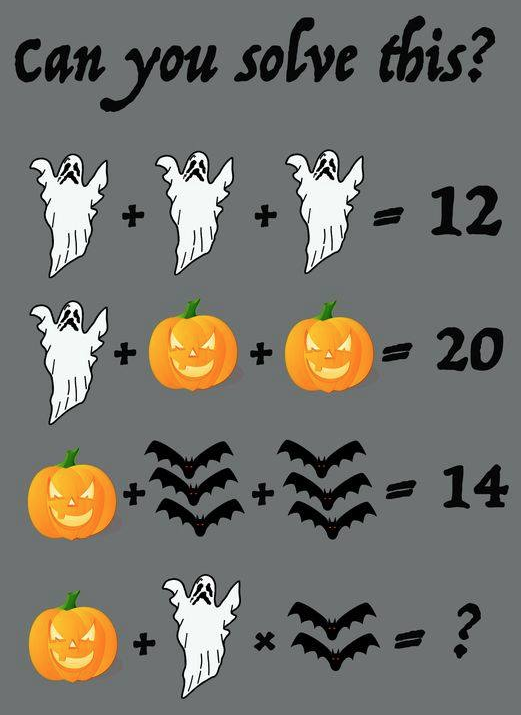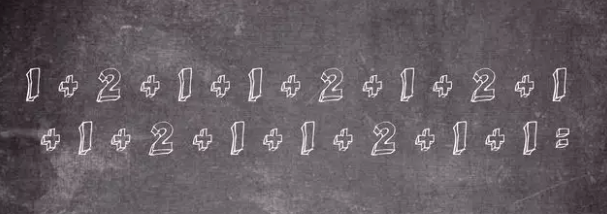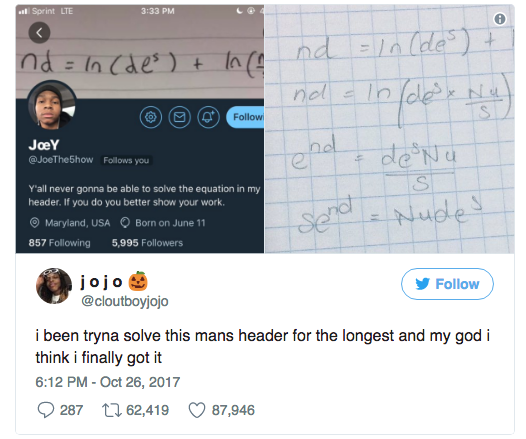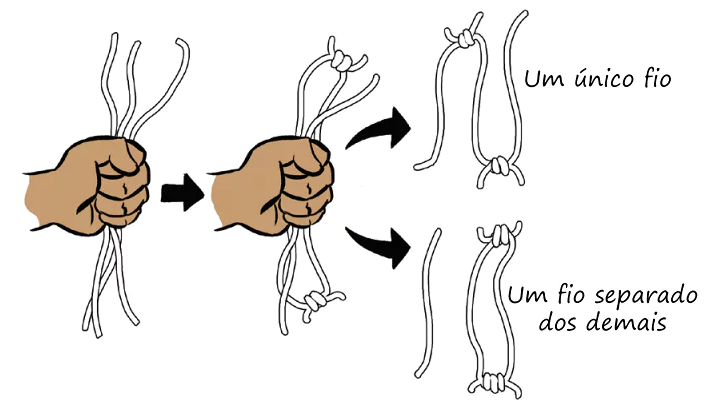|
This week's Student of the Week is Sydney D!
I can't even think of Sydney without a smile coming to my face. She is one of the most outgoing, personable, dare I say CHIPPER(!) people I have ever met. She exudes positivity and affection. I remember, shortly after I first met her, I saw her in the hall one day. She seemed so excited to see me: "HI MR. WADGE!!! HOW ARE YOU DOING?!?!?". I was so confused. I honestly thought she was getting me mixed up with someone else. Why else would she be so enthused? Turns out that that's just the way she is. What a beautiful way to go through life. I'm sure that Sydney has her down days (just like the rest of us), but when she is feeling good (which seems like most of the time) she is not afraid to be fully expressed. The default setting for so many people seems to be "grumpy" or "annoyed" or "dissatisfied". Imagine if more people were like Sydney: laughing and cheering their way through life. When I say Sydney is fully expressed I really mean it. She has been good enough to help out with reffing volleyball this year (Sydney . She was helping out with a grade 10 girls game a few weeks ago. It was a close game and - of course - the refs need to stay neutral focused. Sydney told me after that it was hard to do her job properly at the end because she was breaking into tears as our team got closer and close to victory. Hahahaha! I'm sure this happens to professional referees all the time. Hahaha! You are such a huge positive presence around our school, Sydney. Thanks for all the joy you bring people in your life (including ME!). Never lose your tremendous spirit and that amazing smile of yours. All the best!! Only one in 10 people can pass this maths test without using a calculator (12 questions total)28/10/2017 I misunderstood and thought you had to do them all in your HEAD (no calculator AND no pen / paper). Whoops! Got them all but #7 was super hard.
Rochelle Gutierrez, a math education instructor at the University of Illinois, released a detailed anthology which suggests the problem solving subject is racist.
Gutierrez, whose university profile states her curriculum focuses on 'equity issues in mathematics education (and in particular) how race, class, and language affect teaching and learning,' has said the practice as a whole 'operates as whiteness.' It's so awesome how many KG students are willing to give back their time to support others in their community. As the organizer of this event (on the left) emailed the staff:
"These young people were amazing! They helped my club the Rotary Vancouver Sunrise host our first Project Amigo Fundraiser Saturday October 21st .They served as Meeters and Greeters, assisted with Music Playlists, helped is clear tables and wash dishes, and sold tickets. Your students participation was greatly appreciated by my club and all who attended. Their hard work made our first event a huge success. Thank You!" 1) What is the probability that all the pieces are joined in one long piece?
Now Homero is clutching five identical pieces of string in his fist, in the same way as above. On each side of his fist there are five ends. On each side Sofia ties together free pieces of string, leaving a single end free either side. (So she makes four knots in total.) 2) What is the probability that one piece of string is not connected to any other? 3) What is the probability that all the pieces are joined in one long piece? This week's Student of the Week is Jordan K (anyone got a good photo to share?).
I bet almost nobody has noticed but there is a sign in the north-east corner of my classroom (the corner where Jack the Giant Bear lives on my file cabinet). The sign reads: "Dolores's Domain" and it refers to the fact that a (wonderful / amazing) former student of mine (Dolores C) sat in the desk in that corner EVERY class for FOUR straight years! Well, I am thinking that I might need to call the south-east corner "Kool's Korner" or something. Jordan has sat in the same desk (near the window) every class over the past two years (to the best of my memory). And a LOT of work has gotten done at that desk. Jordan doesn't mess around in Math class. He finds out what the assignment is and he gets going on it! Mind you, he doesn't always complete the assignments in class (maybe I give too much homework). The other place (or should I say TIME) where I have seen Jordan on countless occasions is in my class after school. He often comes to work on Math (and other subjects) and often stays until I kick him out (politely). And speaking of polite... Jordan truly is. He is always very thankful when I provide him with help. He is never demanding or impatient. And whenever he leaves after school he always gives a subtle little bow and says quietly "thank you very much, Mr Wadge". Very distinguished and very much appreciated! I have seen Jordan's leadership skills in the Interac club. He is the president this year and he demonstrates great organization, enthusiasm and caring for others. I have nothing but respect for his work ethic and his desire to make a difference in the community. Thanks for everything you have done in my classroom and in our school, Jordan. I actually have no idea what your plans are after grade 12 (but I'm interested!) but I am sure that you will be very successful. Good luck! |
P. WadgeI am your teacher. Obey me. Archives
June 2021
Categories
All
|









 RSS Feed
RSS Feed